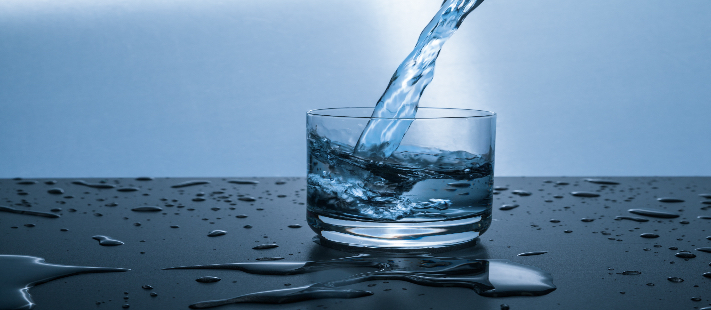Hydration For Active Adults
Did you know adults 55+ are more likely to drink half the recommend 8 cups or more of water/day compared to younger adults?
Older adults are at an increased risk for dehydration, in part because they naturally have a lower water volume. Even minor illnesses can result in dehydration.
By raising awareness of good hydration, active aging professionals can avoid the negative effects of dehydration.
Good nutrition goes hand in hand with hydration, we can get both water and electrolytes from food. Food provides about 20% of the fluid in our bodies. Not getting enough fluid or electrolytes can cause dehydration.
THE IMPORTANT ROLES OF WATER
- Protects and cushions vital organs
- Moistens tissues such as those in the mouth, eyes, and nose
- Carries nutrients and oxygen throughout the body
- Prevents constipation
- Regulates body temperature
- Moistens air for breathing
- Maintains blood volume and blood pressure
- Lubricates and cushions joints and bones
- Helps kidneys remove waster; prevents kidney stone formation
- Helps digest and absorb nutrients; helps convert food to energy
SIGNS OF DEHYDRATION
- Lake of energy or feeling weak
- Dry mouth and/or chapped lips
- Feeling thirstier than normal
- Decreased urine output and/or dark urine
- Headaches, dizziness, or feeling lightheaded
- Constipation
HYDRATION TIPS
- Carry a bottle of water around with you
- Have water by your bed
- Check your urine color (it should not be dark)
- Drink a full glass of water when you take medications
- Flavor your water with fruit slices or herbs
- Drink water after going to the bathroom
- Dilute fruit juices with water
- Don’t limit water for convenience
To avoid dehydration, older adults should drink at least 8 cups of water per day. However, individual recommendations can vary. Always check with your doctor.




Leave a Reply